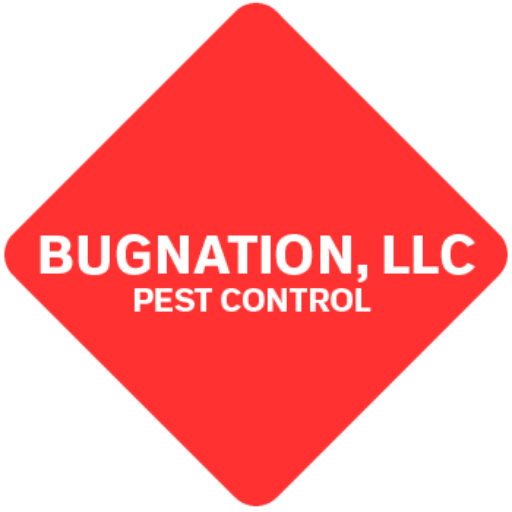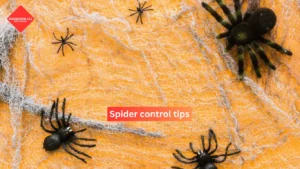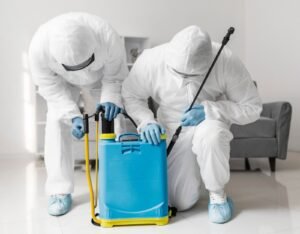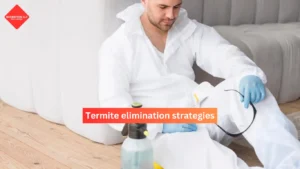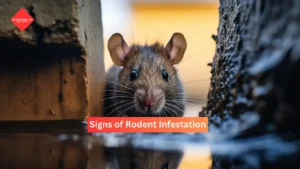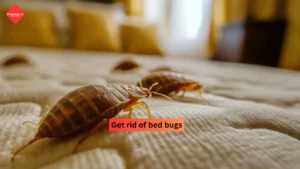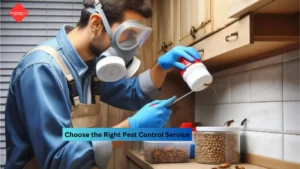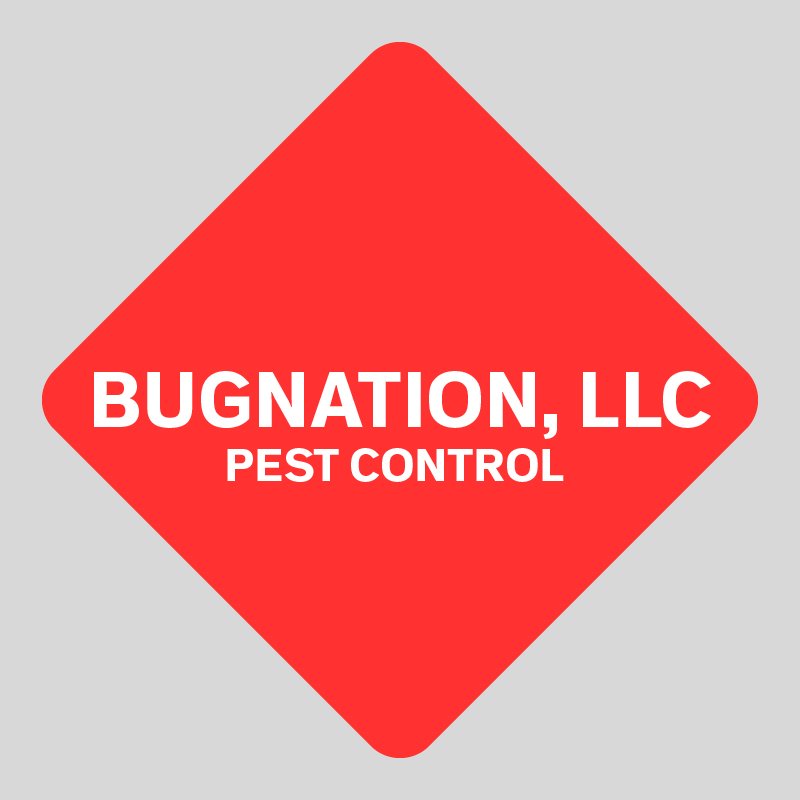
Pests can be more than just a nuisance; they can cause significant damage to your home and pose health risks to you and your family. Regular pest inspections are a crucial part of maintaining a healthy and safe living environment. By detecting pest problems early, you can prevent costly damage and avoid the stress and inconvenience of dealing with a full-blown infestation. This blog will explore the importance of regular pest inspections and how they can save you money in the long run.
Common Pests to Watch For: Various pests can cause problems in your home, each with its own set of challenges. Termites, for example, are notorious for their ability to silently destroy the wooden structures of your home, causing thousands of dollars in damage before you even notice their presence. Rodents, on the other hand, can chew through electrical wires, leading to potential fire hazards, and contaminate your food with harmful bacteria. Regular inspections help identify these pests early, allowing you to take action before they cause significant damage.
Potential Damage: The damage caused by pests can be extensive and costly to repair. Termites can weaken the structural integrity of your home, leading to expensive repairs or even making the home unsafe to live in. Rodents can damage insulation, chew through drywall, and create entry points for other pests. Cockroaches and ants can contaminate food and spread diseases, leading to potential health risks. By conducting regular inspections, you can identify signs of pest activity early and address the problem before it escalates into a more serious and expensive issue.
Health Risks: Pests are not only a threat to your property but also to your health. Rodents, cockroaches, and other pests can carry and spread diseases such as salmonella, hantavirus, and Lyme disease. These health risks can be particularly dangerous for children, the elderly, and individuals with compromised immune systems. Regular pest inspections help to identify and eliminate these threats, ensuring that your home remains a safe and healthy environment for you and your family.
Cost of Infestations: Dealing with a full-blown pest infestation can be expensive, especially if the problem has gone undetected for a long time. The cost of repairing structural damage caused by termites, for example, can run into thousands of dollars. In contrast, the cost of regular pest inspections and early treatment is minimal. By investing in routine inspections, you can save yourself from the financial burden of dealing with extensive damage and the stress of living in an infested home.
How Inspections Work: During a pest inspection, a trained professional will thoroughly examine your home for signs of pest activity. They will look for evidence of pests, such as droppings, damage to wood or insulation, and nests. They will also assess areas that are prone to infestations, such as basements, attics, and crawl spaces. The inspector will then provide you with a report detailing any findings and recommend the appropriate course of action to address the problem. This proactive approach allows you to take action before pests cause significant damage.
Case Studies: Consider the example of a homeowner who invested in regular pest inspections. During one of the inspections, the pest control professional identified early signs of a termite infestation in the basement. Because the infestation was caught early, the homeowner was able to treat the problem before it spread, saving thousands of dollars in potential damage. In another case, a homeowner who neglected regular inspections discovered a severe rodent infestation in the attic that had caused extensive damage to the insulation and wiring. The cost of repairs was substantial, but it could have been avoided with regular inspections.
DIY vs. Professional Inspections: While some homeowners may attempt to conduct their own pest inspections, there are several reasons why professional inspections are more effective. Pest control professionals have the training, experience, and tools necessary to detect even the smallest signs of pest activity. They know where to look and what to look for, ensuring that no potential problem goes unnoticed. Additionally, professionals can provide expert advice on how to prevent future infestations and recommend the best treatment options if pests are found.
Preventative Measures Post-Inspection: After a pest inspection, it’s important to take any recommended preventative measures to reduce the risk of future infestations. This might include sealing entry points, removing sources of food and water, and maintaining a clean and clutter-free environment. Regular follow-up inspections
